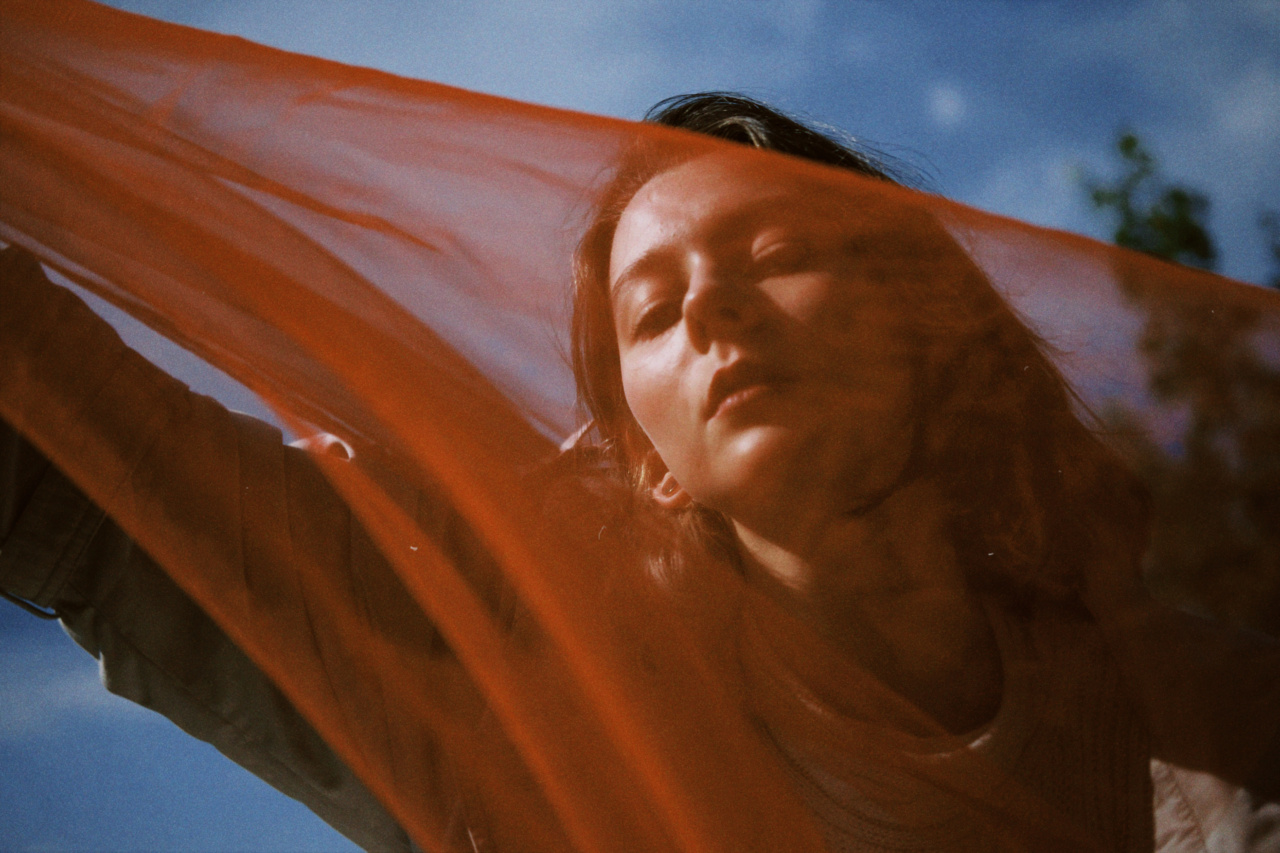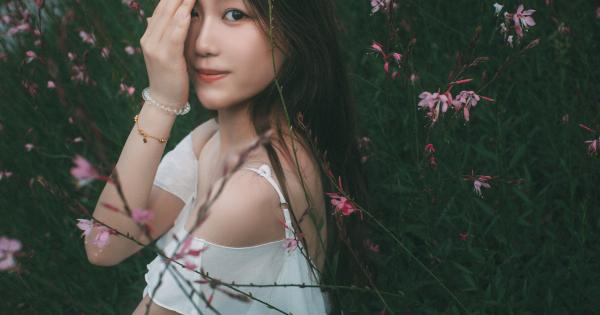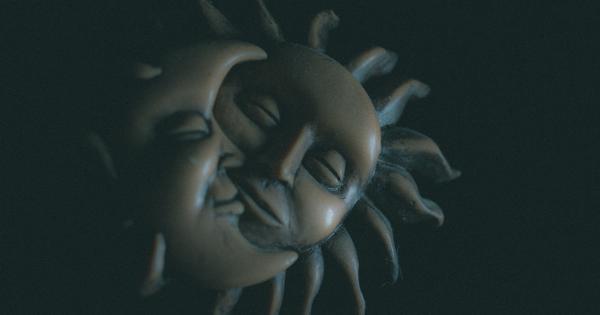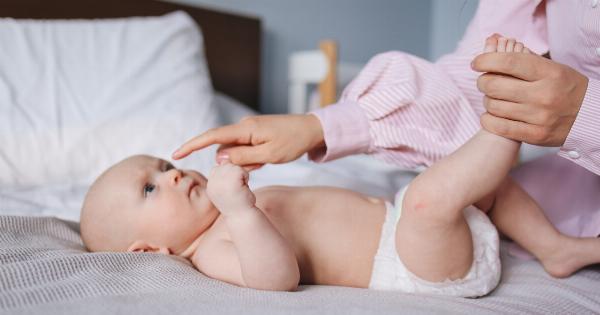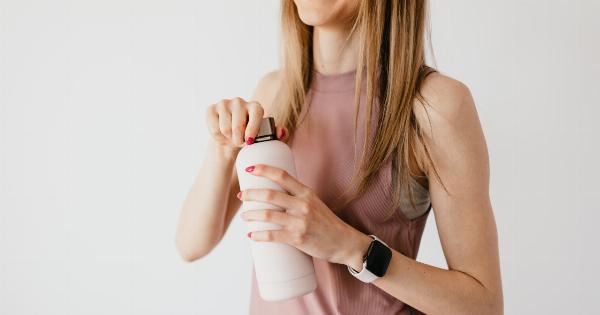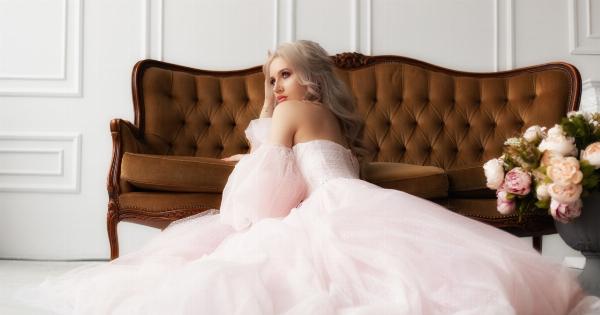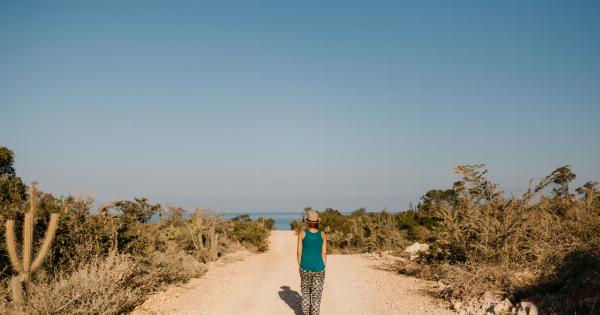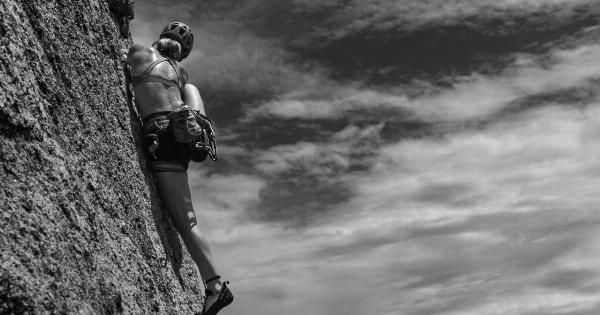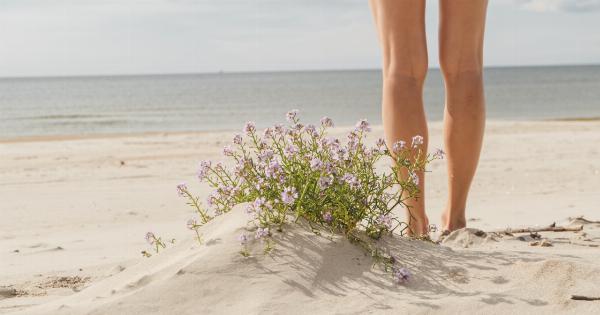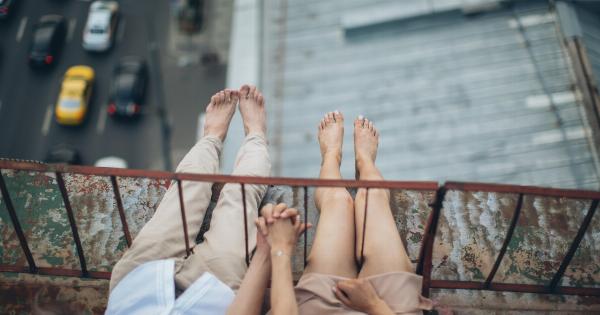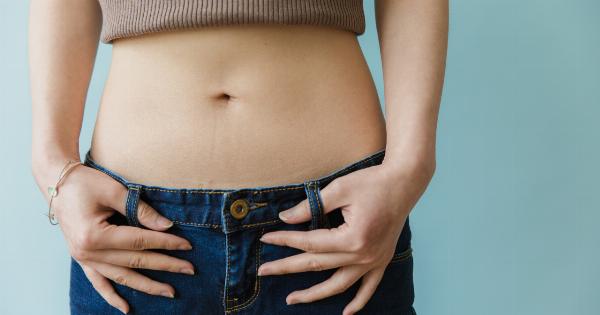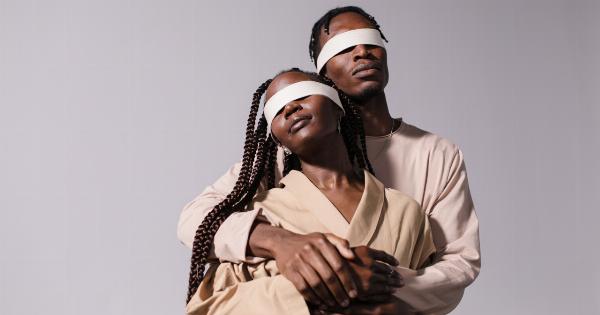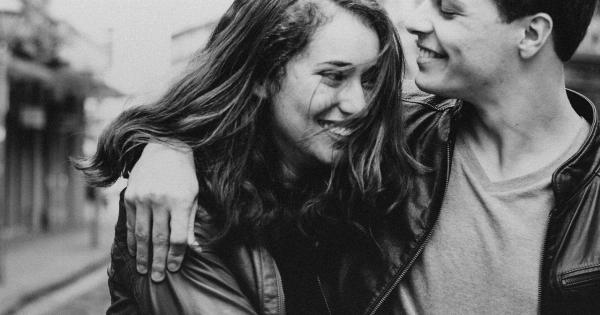Throughout history, the concept of beauty has been constantly evolving. Over the years, women’s perceptions of beauty have undergone significant changes, influenced by societal, cultural, and historical factors.
From ancient civilizations to modern times, the ideal beauty standards have varied, reflecting the shifting notions and values of different eras.
Ancient Beauty Standards: From Classical Greece to Ancient Egypt
In ancient civilizations like Classical Greece and Ancient Egypt, there was a distinct emphasis on physical perfection.
In Greece, women aimed to achieve the “classical” ideal, characterized by symmetrical features, a slender figure, and a pale complexion. Greek women often used natural ingredients like olive oil and honey for skincare, reinforcing the importance of a flawless complexion.
In contrast, Ancient Egyptian standards of beauty focused on a more curvaceous figure, with full hips and breasts. Pale skin was considered a symbol of wealth and status, leading women to apply lead-based cosmetics to achieve a lighter complexion.
The Renaissance: A Celebration of Feminine Beauty
The Renaissance period witnessed a shift towards celebrating the natural beauty of women, as artists sought to portray a more realistic and human form.
The ideal beauty during this era was characterized by soft, rounded features, including voluptuous bodies and pale skin. Famous paintings like Botticelli’s “The Birth of Venus” depict this idealized image of beauty.
The Victorian Era: The Cult of Domesticity
During the Victorian era, a woman’s beauty was closely tied to her domestic abilities and purity. The ideal beauty standards emphasized a delicate, petite figure with a small waistline achieved through the use of corsets.
Pale skin, rosy cheeks, and a modest demeanor were considered the epitome of female beauty.
The Roaring Twenties: Emancipation and Flapper Culture
The 1920s marked an era of significant change in women’s perceptions of beauty. The rise of the flapper culture challenged traditional beauty standards, emphasizing a more liberated and independent image.
Flappers embraced short bobbed haircuts, dark eye makeup, and carefree fashion choices, symbolizing a break from the conservative norms of the past.
The Golden Age of Hollywood: Glamour and Sophistication
In the mid-20th century, the Golden Age of Hollywood greatly influenced women’s perceptions of beauty. Actresses like Marilyn Monroe and Audrey Hepburn set the standards for elegance, grace, and femininity.
Hourglass figures, radiant smiles, and glamorous makeup became the sought-after beauty ideal.
The Swinging Sixties: The Power of Youth
The 1960s saw a departure from the polished and sophisticated look of the previous decade. The youth-driven counterculture movement brought about a new perception of beauty, challenging traditional gender roles and embracing naturalness.
Women began to emphasize a more youthful appearance, favoring minimal makeup, long straight hair, and a slim physique.
The Diversity Movement: Embracing Different Forms of Beauty
In recent years, there has been a growing push for inclusivity and acceptance of various forms of beauty. The beauty industry has started to embrace diversity by featuring models of different races, body types, and ages in advertising campaigns.
This shift aims to challenge the traditional narrow beauty standards and promote a more inclusive and realistic portrayal of beauty.
The Influence of Social Media: Unrealistic Standards and Empowerment
Social media platforms have played a significant role in shaping women’s perceptions of beauty in the digital age.
While it offers a platform for self-expression and empowerment, social media can also contribute to the rise of unrealistic beauty standards. The pressure to achieve flawless skin, perfect bodies, and a curated lifestyle has led many women to compare themselves with highly edited and filtered images.
However, social media has also provided a space for dialogue and challenging these unrealistic standards. Influencers and activists promote body positivity, encouraging women to embrace their uniqueness and redefine beauty on their own terms.
Conclusion: Embracing the Changing Landscape of Beauty
From ancient times to the present day, women’s perceptions of beauty have been shaped by society, culture, and historical context.
While beauty standards have often been unattainable or unrealistic, there has been a gradual shift towards embracing diversity and inclusivity. Women are now challenging traditional ideals, celebrating their individuality, and redefining beauty on their own terms.
